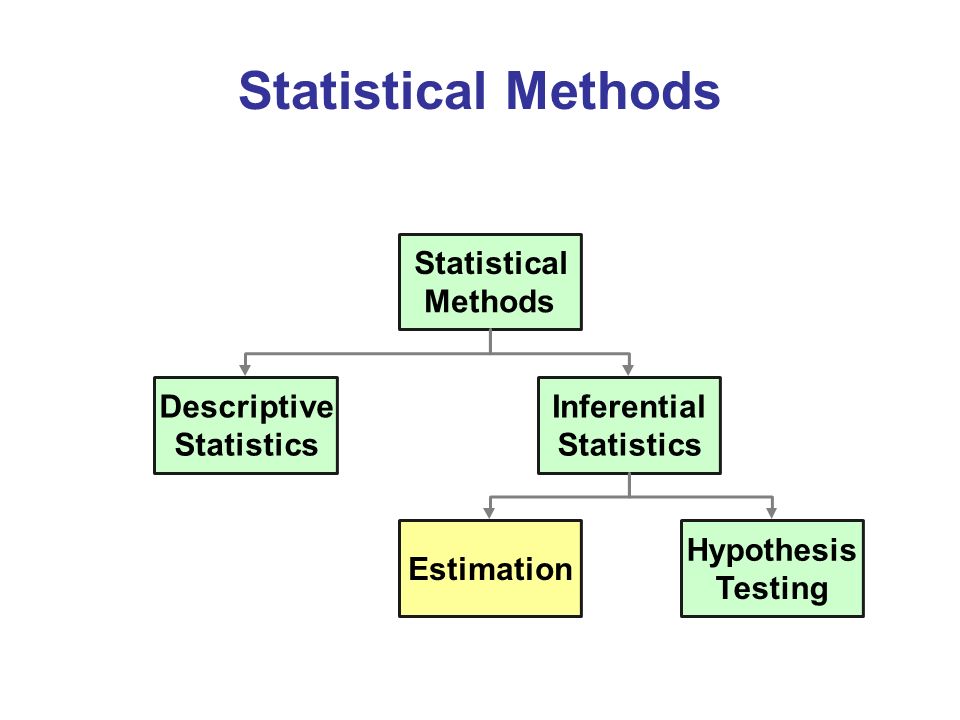It is largely taken for granted that differential abundance analysis is, by default, the best first step when analyzing genomic data. We argue that this is not necessarily the case. In this article, we identify key limitations that are intrinsic to differential abundance analysis: it is (a) dependent on unverifiable assumptions, (b) an unreliable construct, and (c) overly reductionist. We formulate an alternative framework called ratio-based biomarker analysis which does not suffer from the identified limitations. Moreover, ratio-based biomarkers are highly flexible. Beyond replacing DAA, they can also be used for many other bespoke analyses, including dimension reduction and multi-omics data integration.
翻译:一般认为,按默认情况,差异丰度分析是分析基因组数据的最佳第一步。我们认为,这并不一定是这种情况。在本条中,我们确定了差异丰度分析所固有的关键局限性:(a) 取决于无法核实的假设,(b) 不可靠的结构,以及(c) 过分减缩。我们制定了一个称为基于比率的生物标志分析的替代框架,不受所查明的局限性的影响。此外,基于比率的生物标志非常灵活。除了取代DAAA外,它们还可以用于许多其他的简单分析,包括尺寸减少和多组数据整合。



